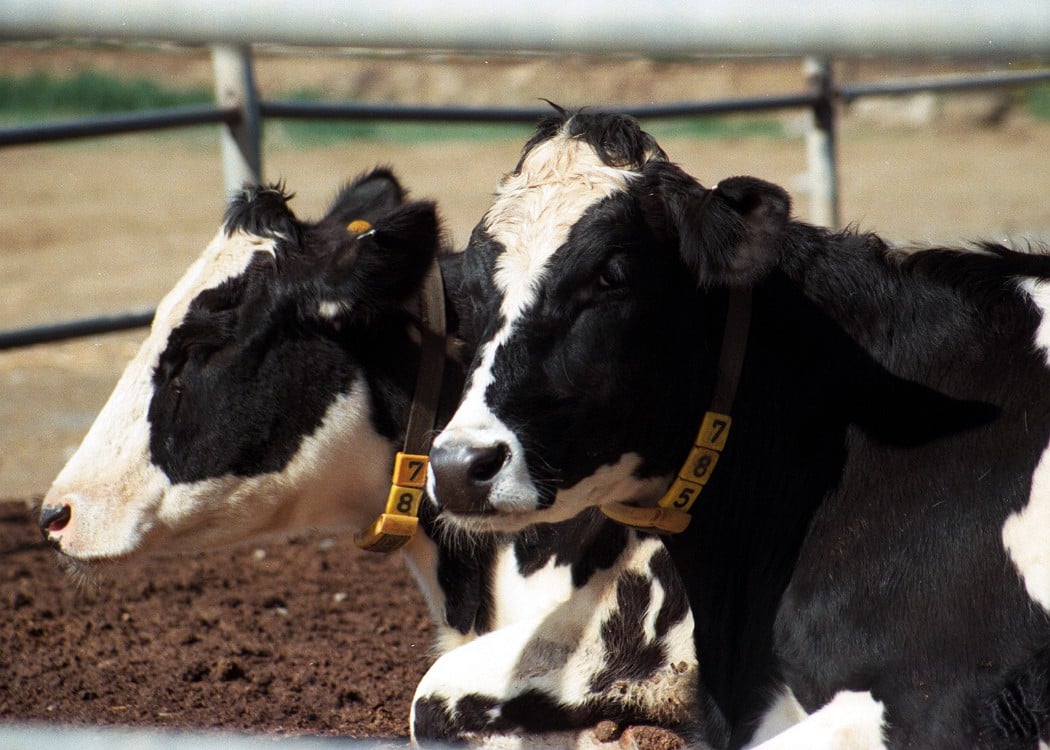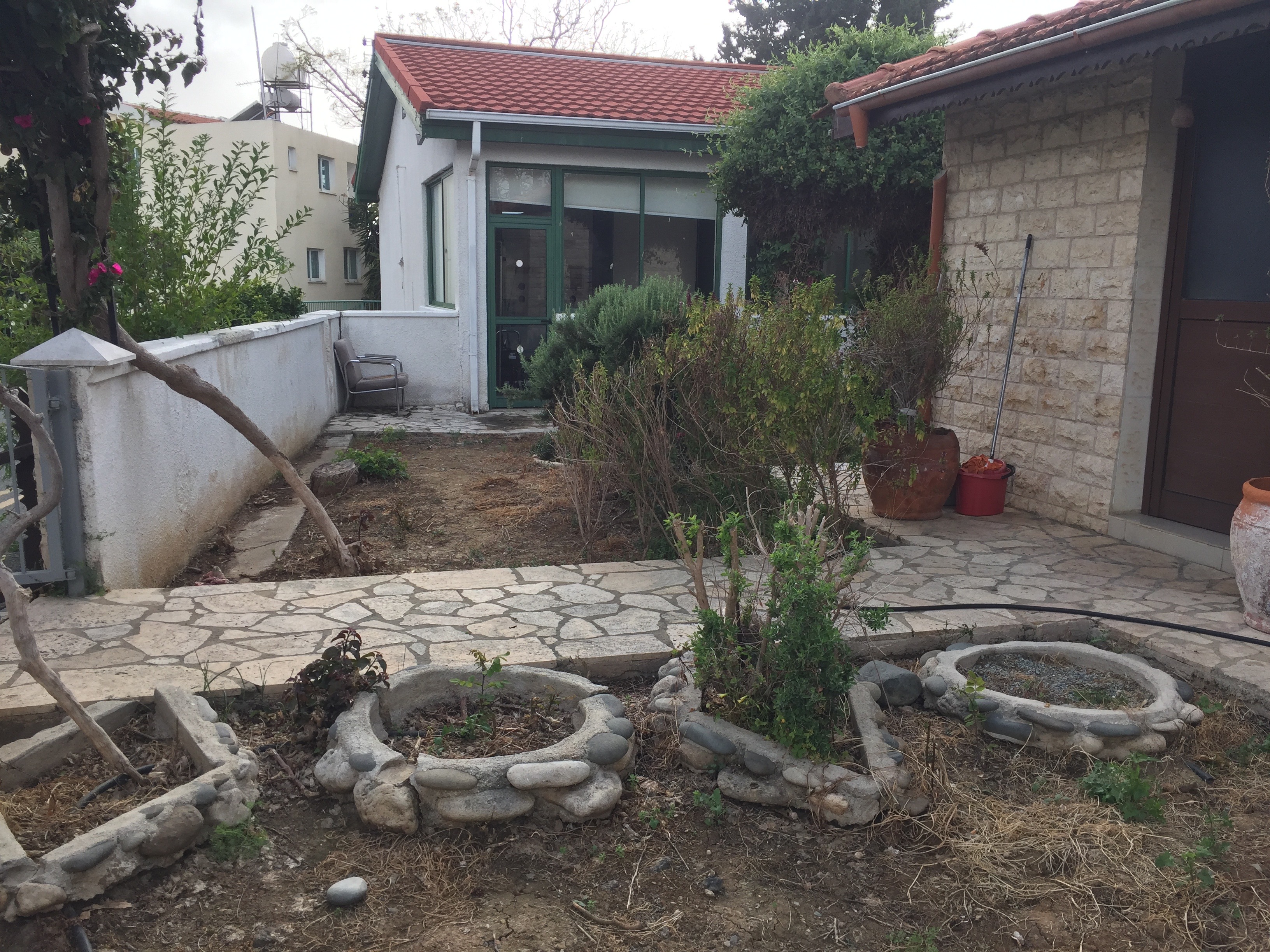Doctors and veterinarians in the north on Tuesday issued a joint call for “preventative and supervisory mechanisms” after a Turkish Cypriot died of variant Creutzfeldt-Jakob disease, commonly known as mad cow disease, earlier this month.
Following a meeting, the Cyprus Turkish medical association and the north’s veterinarians’ association issued a joint statement, stressing that “diseases are a reality in our country and pose serious risks to human health”.
Additionally, they said, “adequate precautions are not being taken” and there are “deficiencies in inspections and in the production of animal products”.
They thus called for “preventative and supervisory mechanisms” to be “immediately implemented” against bovine spongiform encephalopathy (BSE), the bovine disease through which people can become infected with mad cow disease.
“The public should be informed transparently in light of scientific data, independent and effective inspections should be provided for food safety and animal health, and deficiencies in slaughterhouse licencing processes and health checks should be addressed,” they said.
They also addressed the public, warning that people should “avoid consuming the brains, spinal cords, eyes, spleens, and small intestines” of cows, as “these organs carry a serious risk of BSE”.
People can contract mad cow disease by eating beef infected BSE, which itself is caused by infectious proteins called “prions”. The disease causes the brain and spinal cord to become damaged over time and is both incurable and fatal.
Earlier in the month, the veterinarians’ association had said that “there is neither a national screening programme nor a preventative action plan” in the north, and that “this situation poses a risk to the livestock sector as well as to public health”.
At the time, it did stress that there is “no need for public concern” and “no need to restrict the consumption of meat and dairy products obtained from registered and veterinarian-inspected slaughterhouses”.
It then added that the disease “is not transmitted from person to person”, and that “the risk can be controlled by preventing high-risk tissues from entering the food chain”.







Click here to change your cookie preferences